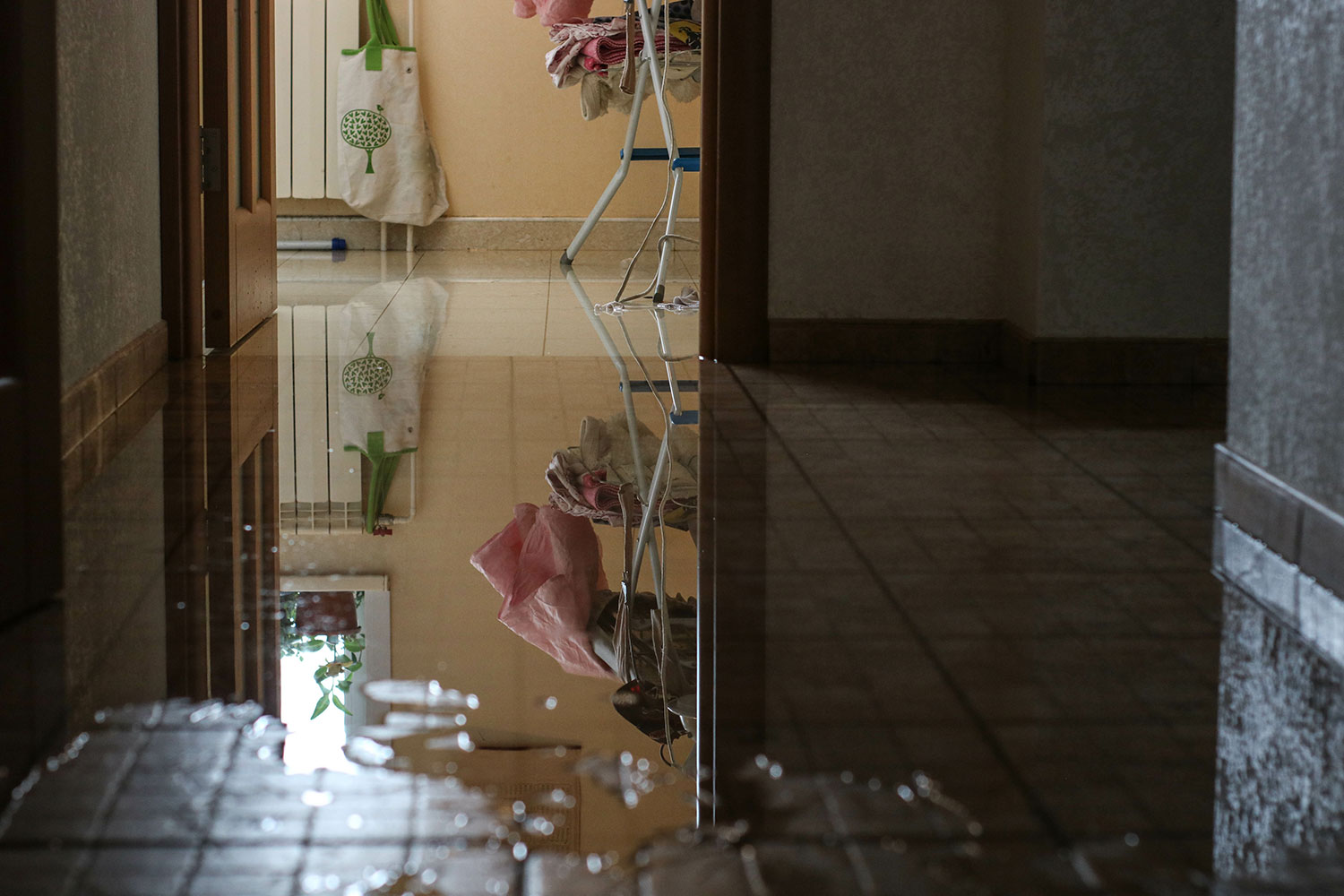What are your thoughts on How to Repair and Prevent Bathroom Water Damage??

Water damage usually takes place in the bathroom because of the water made use of day-to-day. Often, the damages could be a little mold and mildew from the shower. Various other times, it's large damages on your flooring. Whatever it is, it is constantly great to know the reason and stop it prior to it occurs.
This guide will certainly undergo a few of the typical root causes of water damage in the shower room. We will certainly also examine what you can do to avoid these causes from damaging your restroom. Let's dive in.
These are the usual reasons you would certainly have water damage in your shower rooms and how you can detect them:
Excess Dampness
It's cool to have that lengthy shower and also splash water while you dance around and also imitate you're performing, yet in some cases these acts could trigger water damage to your restroom.
Splashing water around can trigger water to head to corners and form molds. View just how you spread excess moisture around, and also when you do it, clean it up to avoid damage.
Fractures in your wall floor tiles
Shower room wall tiles have been particularly developed for that objective. They shield the wall surface from wetness from people taking showers. However, they are not indestructible.
Occasionally, your restroom wall floor tiles fracture and also enable some moisture to leak right into the wall surface. This could possibly destroy the wall surface if you don't take any kind of action. If you notice a fracture on your wall floor tiles, fix it immediately. Don't wait until it ruins your wall.
Overruning toilets and also sinks
As humans, occasionally we make errors that can trigger some water damage in the washroom. For instance, leaving your sink faucet on could create overflowing as well as damages to other parts of the washroom with moisture.
Additionally, a faulty bathroom can cause overflowing. As an example, a broken commode handle or other parts of the tank. When this happens, it might harm the floor.
As quickly as you see an overflowing sink or commode, call a plumbing to assist manage it instantly.
Ruptured or Dripping Pipes
There are lots of pipes lugging water to various parts of your bathroom. Some pipes take water to the commode, the sink, the taps, the shower, and lots of various other areas. They crisscross the small area of the shower room.
Every so often, these pipelines can get rustic Check out Web link as well as ruptured. Various other times, human activity could cause them to leakage. When this occurs, you'll find water in the edges of your restroom or on the wall surface.
To identify this, watch out for bubbling walls, molds, or mold. Call a professional emergency plumber to repair this when it takes place.
Roof Leakages
Sometimes, the issue of water damage to the washroom could not come from the restroom. As an example, a roof leakage might create damage to the shower room ceiling. You can spot the damages done by looking at the water stains on the ceiling.
If you find water spots on your ceiling, inspect the roof to see if it's damaged. Then, call an expert to assist fix the concern.
Verdict
Water damage to your bathroom can be bothersome. Nevertheless, you can manage it if you stop some of the causes mentioned in this guide. Call a professional emergency plumber if you notice any extreme damages.
How to Prevent Water Damage in Your Bathroom?
Water damage repair is an expensive, meticulous, and lengthy process. Unfortunately, bathrooms are the most susceptible rooms to water damage due to toilets, showers, and sinks. Pipes and fixtures wear out over time and are not immune to damage. But all is not lost, as there are ways to prevent water damage from occurring in your bathroom.
Check Your Plumbing
Nothing lasts forever, especially pipes, which can rust and begin leaking over time. You should periodically conduct pipe inspections and pay attention for any musty smells or water stains that may indicate you need water damage repair. Here are some things to check:
Frequently test valves for your toilet, shower, and sink to ensure they are properly working. Check faucet supply lines hidden under vanities and replace when needed. Replace cracked or deteriorating caulking along sinks, tubs, and showers. If you notice a clog in your sink, call in a professional. Since you can’t check the pipes in the wall, keep an eye out for stains, drywall bubbling, musty smells, and excess moisture; if the bathroom is on a second level, check the ceiling of the room directly below for these signs. Don’t Overwork Your Toilet
One of the most common reasons bathrooms need water damage repair is due to overflowing toilets. Save yourself the hassle of cleanup by being mindful and not pushing your toilet to extreme limits. If you have young children, it is especially important to keep an eye on them when they are in the bathroom and to teach them how to avoid clogging the toilet. Here are some more tips to help prevent your toilet from overflowing:
If you have a septic tank, only use septic-safe toilet paper Do not flush anything down the toilet besides toilet paper; items like diapers and sanitary napkins will clog the piping Pay attention to your toilet’s water level: If it’s low, it could mean it is partially clogged or that there is a crack in the toilet bowl https://www.alure.com/home-improvements-blog/resources/how-to-prevent-water-damage-in-your-bathroom

As a devoted person who reads on How to Repair and Prevent Bathroom Water Damage?, I was thinking sharing that excerpt was essential. Enjoyed reading our review? Please share it. Help others check it out. Thank you for your time spent reading it.